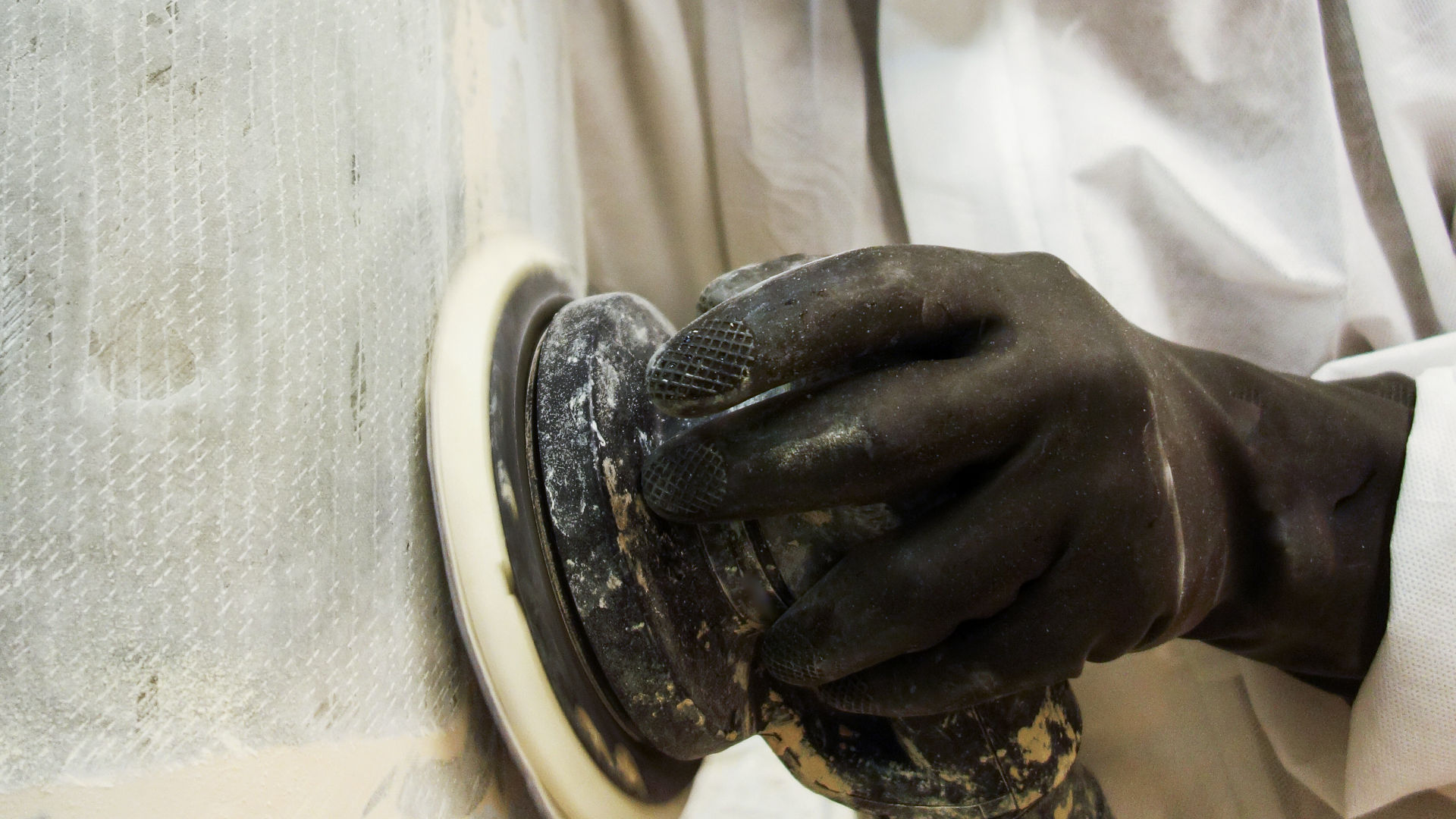Shedding Light on Pre-treatments - Enhancing Pre-treatment Process Control Through UV Luminescence
Over the past few decades, adhesive bonding technology has opened new avenues for engineers to refine and innovate their constructions and final products. Today, the use of adhesives has become a viable alternative to traditional joining techniques such as screws, bolts, rivets, or welds. In line with this trend, Sika has been constantly working to support customers in defining and documenting safe and controllable processes for material bonding.
Improving Standards in Process Control
The process of material bonding requires a series of operations, each requiring stringent control and comprehensive procedural documentation. With wind turbine manufacturers, suppliers, and sub-suppliers adhering to APQP4Wind standards, and the incorporation of DIN 2304 within the broader manufacturing industry, the emphasis on safer and more manageable processes becomes increasingly significant.
To achieve the best possible adhesion results, substrates must be at minimum cleaned, and often also activated and/or primed. However, since most cleaners and activators are clear and often transparent, it can be difficult to tell if, and where, the product has been applied. This difficulty in detection can cause a great deal of uncertainty or even lead to significant safety concerns in case of a forgotten pre-treatment step. It can also lead to disproportionate and costly added labor when such a mistake is identified, since several parts must often undergo additional safety checks.
The Sika Solution – Pre-treatment Products that are UV Light Detectable
To address this challenge, Sika has developed a series of pre-treatment products that can be easily detected with UV light ranging from 320 nm to 420 nm, thanks to the addition of luminescent dyes. These luminescent properties can be used to assist with application verification, thereby improving process safety and lowering the risks for rework or damage. The portfolio of UV-luminescent products includes activators and a black primer and covers pre-treatments of the most common substrates. The addition “LUM” in the product name indicates the luminescent function.
The Process of UV Detection
In manual sealing and bonding processes, the pre-treatments containing a luminescent dye can be detected using a simple UV light that provides the required wavelength of 320 nm – 420 nm. The use of a vision system allows for automatic verification of coverage and location of luminescent pre-treatments, thereby helping to reduce scrap, and rework, improve quality eliminate manual inspection.
The vision system is equipped to identify various parameters such as location, coverage, breaks, or gaps, along with detecting reduced width and diagonal breaks. It offers versatility by effectively operating across all colors and is fully adaptable to accommodate the specifications of each customer. These systems are designed to suit specific part designs and manufacturing needs, with extensive support provided to system integrators by Sika’s System Engineering Department.
The product performance is very similar to the standard pre-treatments that Sika offers. This applies to all versions equipped with luminescent dye. Experience ranges from different paints, ceramic coatings, glass, specific metals like aluminum and steel grades as well as some plastics. However, adhesion trials prior to implementation must be conducted on specific substrates in use. Depending on the product and surface quality, the application quality can also be checked.
Product Performance
The product performance is very similar to the standard pre-treatments that Sika offers. This applies to all versions equipped with luminescent dye. Experience ranges from different paints, ceramic coatings, glass, specific metals like aluminum and steel grades as well as some plastics. However, adhesion trials prior to implementation must be conducted on specific substrates in use. Depending on the product and surface quality, the application quality can also be checked.
Improving Process Quality
Thanks to their easy detection, luminescent pre-treatments aids in improving process quality, both in manual processes and in automated bonding system lines. By enabling early warning of missing or incorrect application during in-process controls, they are instrumental in helping manufacturers to reduce scrap, reduce the number of defective products, improve quality and reduce rework.

